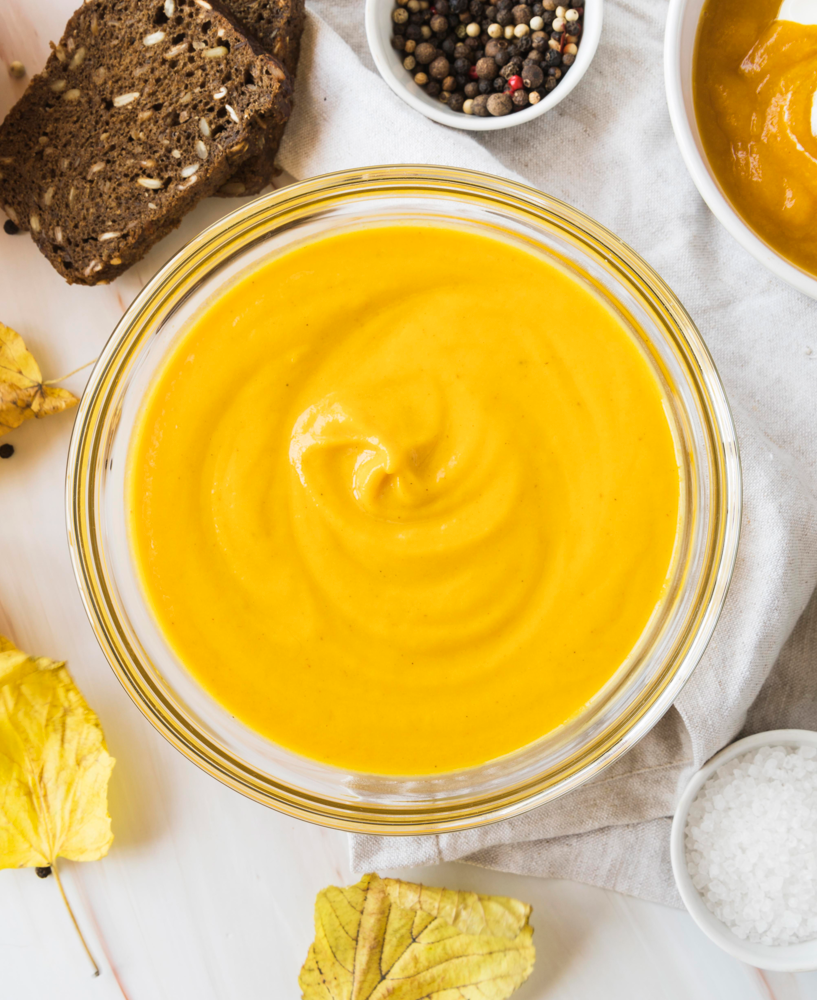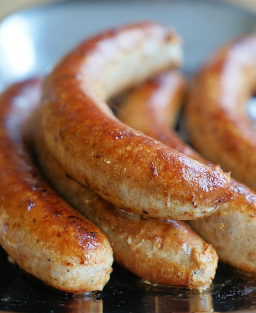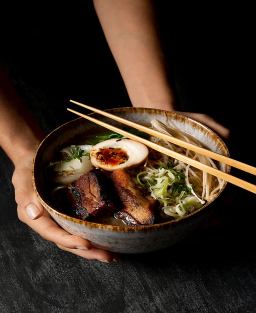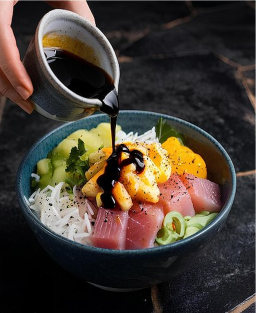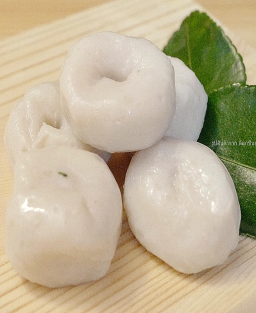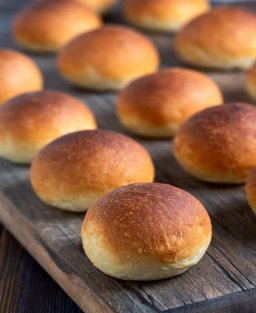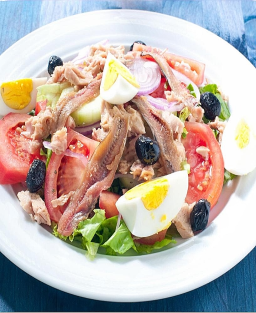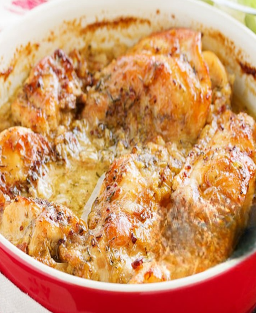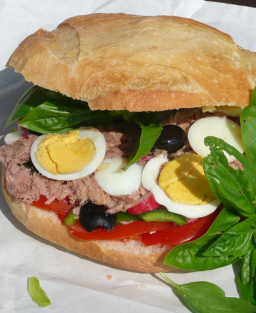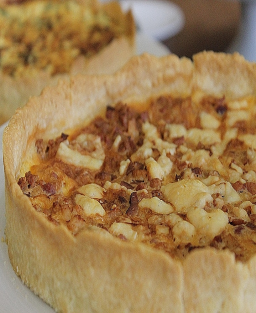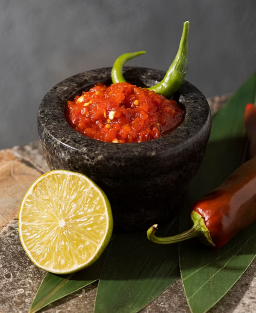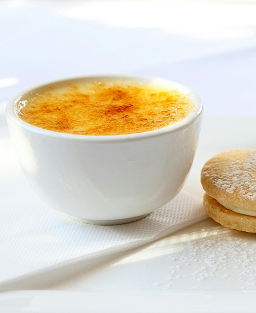- Out-of-Stock
Traditional French Classic Mustard Recipe
Traditional French Classic Mustard Recipe
Introduction
Mustard is a culinary preparation made from mustard seeds, vinegar, water, and seasonings. In France, mustard is an iconic condiment, with classic varieties such as Dijon mustard and whole-grain (old-style) mustard. The following recipe is inspired by traditional methods outlined in French culinary references such as Le Guide Culinaire by Auguste Escoffier, as well as standards from the INAO and culinary manuals.
Ingredients (for approximately 250 g of mustard)
-
50 g brown mustard seeds (Brassica juncea) or yellow seeds (Sinapis alba)
-
60 ml white wine vinegar (or apple cider vinegar)
-
60 ml cold water
-
1 tsp fine salt
-
1 tsp sugar (optional)
-
Optional spices: 1/4 tsp ground white pepper, 1/4 tsp turmeric (for color)
Preparation Steps
1. Soaking the seeds
Mustard seeds are soaked in a mixture of vinegar and cold water for 12 to 24 hours at room temperature. This hydrates the seeds, activates enzymes (myrosinase) that release the signature heat, and begins flavor maceration.
2. Grinding the seeds
After soaking, the seeds are ground. Depending on the desired texture, use a spice grinder, mortar and pestle, or food processor. Grinding can be fine (smooth Dijon-style) or coarse (whole-grain mustard with visible seeds).
3. Seasoning and mixing
Add the salt, sugar, and spices such as white pepper and turmeric. Turmeric is often used to achieve the bright yellow color typical of classic mustard.
4. Maturation
Let the mustard rest, covered, in the refrigerator for 24 to 48 hours. This allows the flavors to meld and the mustard to develop its balanced heat and complexity.
Tips and Variations
-
For milder mustard, increase the water ratio or shorten the soaking time.
-
The type of seed used greatly affects the final flavor: brown seeds are spicier, yellow seeds are milder.
-
Mustard can be thickened with mustard powder or flour, or diluted depending on usage.
-
For whole-grain mustard, leave some seeds unground and mix them in at the end.
Sources and References
-
Auguste Escoffier, Le Guide Culinaire (1903): foundational manual of French cuisine.
-
INAO (Institut National de l’Origine et de la Qualité): official standards for Dijon mustard.
-
Jean-Pierre Coffe, Le Bon Vivre à la Française (1986): traditional methods of artisanal mustard-making.
-
Larousse Gastronomique (2009 edition): French culinary encyclopedia.
-
Beth Kimmerle, Mustard: A Global History (2017): historical and technical overview of mustard in global cuisine.











